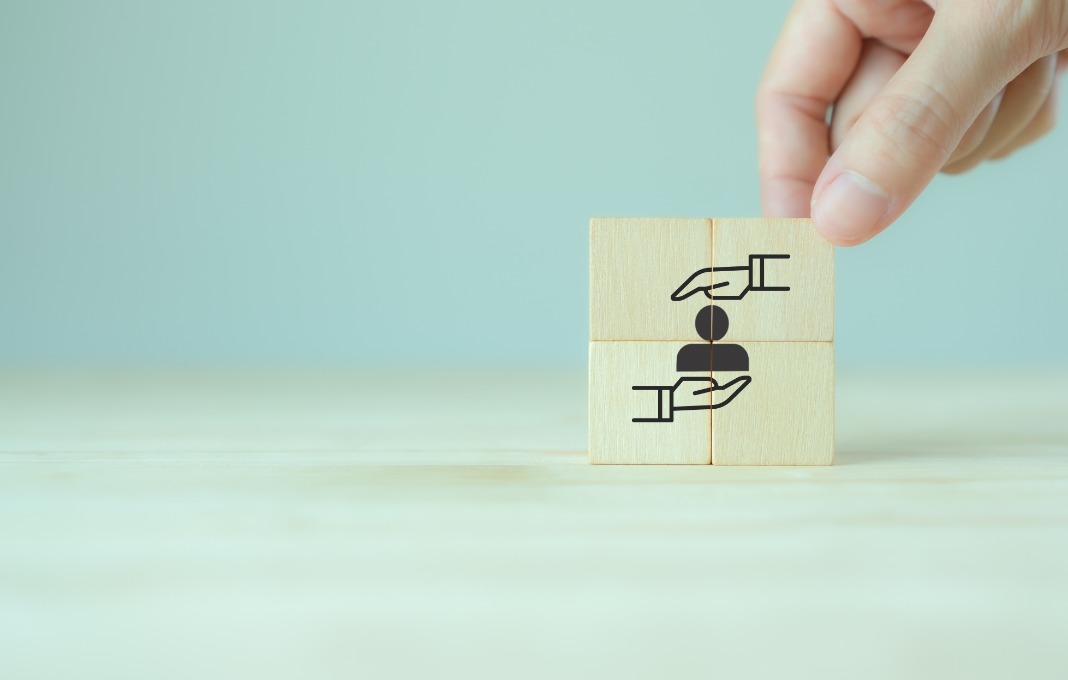
There was one cut where you went from the cows grazing to the cows being hooked up to the mechanical milking devices that I thought was just incredibly powerful. The cows in the fields look happier when they’re in their element.
While researching this film, I learned so many things about them. They make good friends and have relationships for life. And, of course, I learned that when the calves are in a separate place, the cows can feel when their babies are hungry, and that is the time that the cows are milked. And so naturally, these calves are getting hungry because they need their mother’s milk, but we extract it for ourselves. And those cows get other meals, like powdered milk. It just feels wrong. Then I imagine as women, how the whole system has been set up to just suck from us, while white, powerful men utilize us and do as they please, and it’s like, I don’t want this.
You also use animals as a Greek chorus, beginning the film with the fish, cows, and eventually bees. At what point in your writing process did you decide to use this musical format to explore these themes?
It wasn’t there initially. In the very first draft that I wrote, a cow skull spoke. And that was the opening. The more I worked on it, the more the skull became alive and had layers of skin and muscle. The aspect of the voice was always there, but the musical leitmotif became a frame after years of writing and rewriting, but it was pretty early in the process. Now that I can look at it with perspective, it was step by step. First, the voice, but then I thought that they should not speak like we do. I wanted to find something that was a bit, not necessarily poetic, but just different, that comes from a different part of the brain. Something that’s not so rigid. I think that’s why I decided to write the lyrics as well. Because I’m not a musician. I don’t come from the musical world. I am very ignorant about music. I really love it, but I’m ignorant. So I thought, let’s have a little more clumsy way of them singing. I’m also a fan of musicals. So it was a way for me to also explore that world. The deeper into the script we got, the more nature became interesting to me.
Both of your films look at nature, superstition and how humans have engaged with nature over time from this very spiritual, supernatural place. But also now, like we see with the pulp factory story developing on the news in the background, for capitalist reasons. How did that engagement between humans and nature make its way into your film?
I think it’s just like the stories I grew up with, you know, that become part of your way of thinking and imagination. This superstitious culture was part of grandfather and grandmother’s farm; it was in the village stories. Where they would say this happened, so he was the Devil’s Eye. Everything is always interconnected. Something natural happens, but maybe it’s a touch strange, so there’s something mystical that must explain it. Or it’s a sort of punishment. In our culture, because of the Catholic Church and other things, if that person’s house got burned out of nowhere, then maybe he deserved it. It was the Devil, you know? You’re born into this fear, and it starts getting stuck in you. And becomes how we all see the world. I’m so delighted by how Chileans or South Americans sometimes see an interconnection between things that rationally may not.







































































